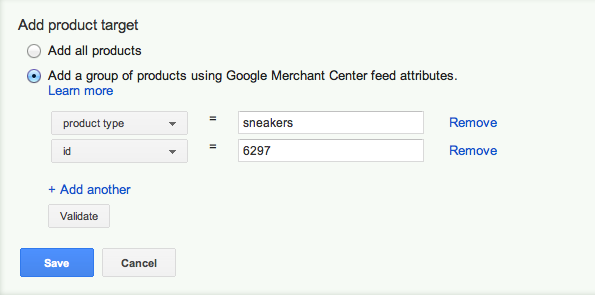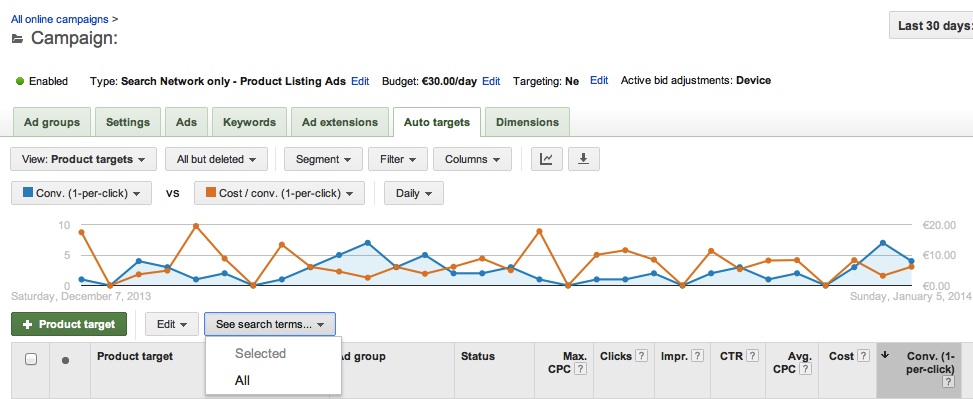This is a guest post by Adam Tuttle of ActiveCampaign, a leader in email marketing & marketing automation. As a member of the Clever Zebo community, you can claim a 10% lifetime discount on Activecampaign using discount code 1QVRDSBW2OD2WWS.
If you have ever used an email marketing service, undoubtedly you have sent mass email intended for a group of people from various demographics, interests, and many other data points which provide insight directly to eachRead more…
Continue reading >This is a guest post by Adam Tuttle of ActiveCampaign, a leader in email marketing & marketing automation. As a member of the Clever Zebo community, you can claim a 10% lifetime discount on Activecampaign using discount code 1QVRDSBW2OD2WWS.
If you have ever used an email marketing service, undoubtedly you have sent mass email intended for a group of people from various demographics, interests, and many other data points which provide insight directly to each specific contact. Emails like these are typically very broad and lacking the focused marketing many consumers have come to expect in the dynamic world of digital. What if you could not only add personal elements such as first and last name which marketers do very often, but actually make the content of the email dynamic based on who is reading it? Enter, conditional content.
Conditional content 101
Conditional content can be confused for personalization tags, which allow you to add a unique pieces of data (such as the first name) to the email for each individual reader. This is a mistake. Although similar in some aspects, conditional content is anything but a personalization tag. Instead of changing a single word or data point dynamically per contact as a personalization tag does, conditional content actually changes entire portions of content based on data.
Example: I am preparing an email campaign to go out to 25,000 contacts with information about several new products in my online retail store. I have new products for both men and women and do not want to information to be sent about those products which are non-relevant to each reader. So, I take the first few images of my new mens items, and modify the surrounding text to be gender specific. I then make this conditional so only contacts whose gender is “male” can see this content section. Likewise, I repeat the process for a portion of my email which is totally designed for my female audience.
Although a generic example, the above is a simple explanation of how conditional content works. Now that we are all on the same page of what conditional content is, here are 3 quick tips for getting started with it.
Use conditional content as much as possible. It allows you to tailor your emails specifically for each individual contact. If your readers feel like you are speaking to them instead of a general audience, they are much more likely to engage with you.
Look for creative ways to use conditional content. Things like gender are great starting places, but any data point you have can be used. This gives you an incredible amount of possibilities for building emails which speak to your audience. I’ve literally seen a customer have over 40 conditional content sets within a single email. During the editing phase, the email campaign looked incredibly long, but when it actually sent, contacts were only getting a couple of pieces of key information based on the knowledge contained within his data base.
Try different combinations to see what works. Just like any other aspect of email marketing, testing and revision is going to be the key for success. You might find some parts of your email do not make a difference if they are conditional or not; while some content types (text or images) can increase opens, link clicks, etc. As you learn what works for your audience, spend more time crafting the elements which prove to make a difference.
Optimizing data for conditional content
You’ve probably hear the phrase “knowledge is power,” and in the world of digital marketing, this is especially true. No longer does the shotgun-style approach of creating a blast, sending it out, and hoping it works, prove to be the best style of email marketing. In the context of email marketing, I cringe when I hear the word “blast” used because it often has such a bad spammy connotation. Email marketing can be very precise, being sent at the right time with the right message for each customer by using tools like conditional content. If you can gather data to help you make stronger email messages do so. Here are a few questions to ask when trying to optimize your data.
Does your data add value? In business, there are value adding resources and there are non-value adding resources. For example: lets say you gather contacts physical mailing addresses, but never have the intention of using it; would you call that value adding or non-value adding? To many marketers strive to have “Big Data” mindsets with no idea as to how to obtain value from the data they have. As you try to optimize your data to increase the effectiveness of conditional content, ask if the data you will be using is value adding to the goals of your marketing process.
Does it enhance the message? Conditional content is great, but it is not always going to be applicable for every situation. Before you start making every aspect of your email conditional, ask yourself if it enhances the message. Remember, it is possible to have too much of a good thing. Your customer will have no idea somebody else is seeing different pictures and text if you make aspects of the message conditional. With that being said, does it matter who sees what? If the answer is no, leave it be and focus on the things that do matter.
Is there more? Although you might already have strong data which is all currently being used, I encourage you to evaluate and ask if there is more information you can gather to enhance your current conditional content options. Conditional content like most tools of this nature are only as strong as you make them. The better you make your data sets (with conditional content in mind) the more powerful and effective you’ll be able to make your overall email marketing program.
Conditional content is a great tool for taking your email marketing program to the next level. It empowers to you have focused marketing efforts dynamic to each person reading the email and their specific demographic. Instead of sending a “blast” and hoping your audience engages with it, use conditional content to send emails targeted to each individual reader and ensure you capture their attention.
...Read less
